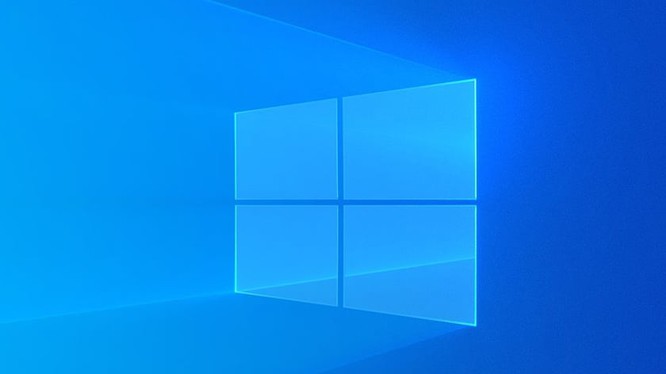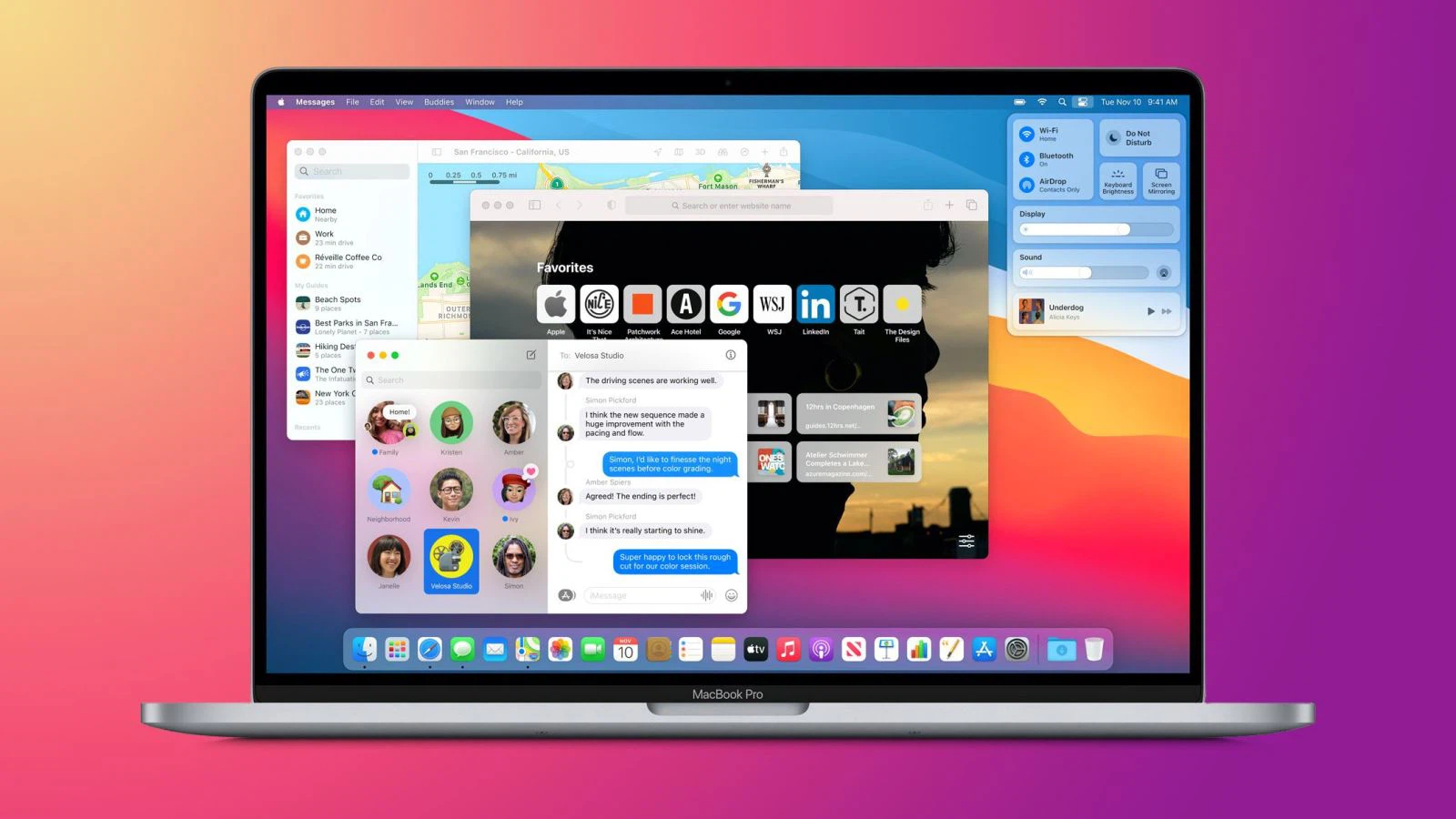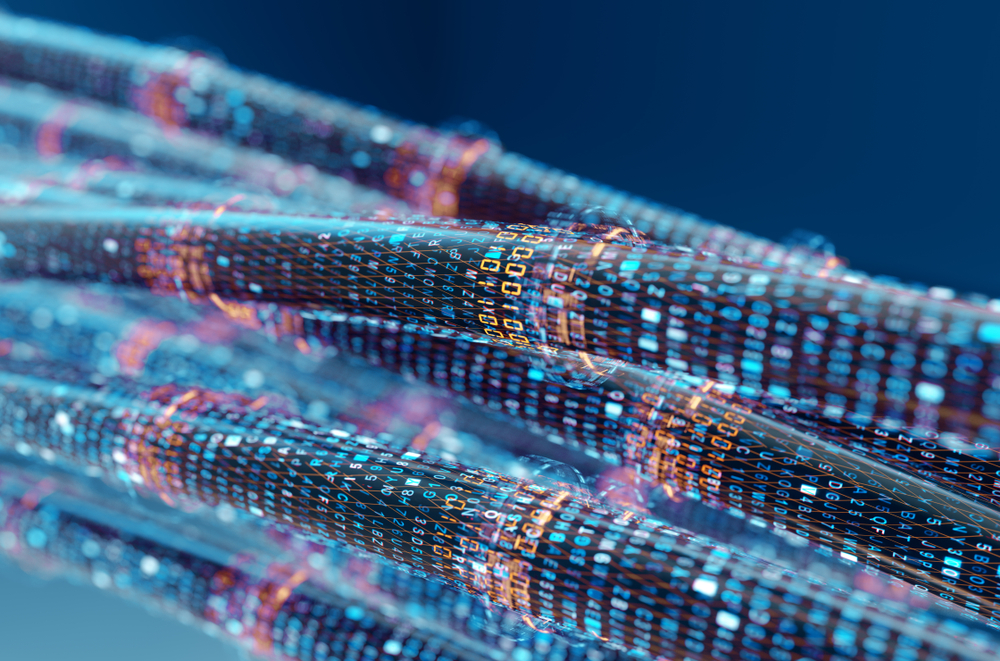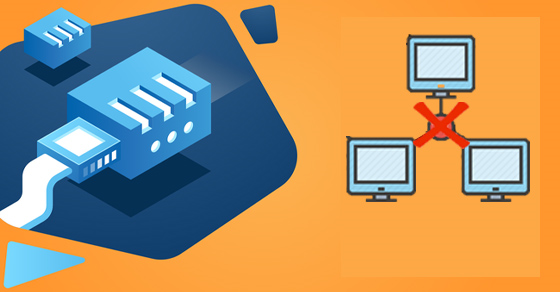Changes and improvements to wireless technology are accelerating. WiFi 6/6E officially launched not long ago. However, WiFi 7 has arrived. Is WiFi 7 too soon? Is WiFi 7 necessary? And what can it do? Here you can learn the difference between WiFi 7 and WiFi 6.
1. What is Wi-Fi 7?
WiFi 7, also known as 802.11be, is the next-generation WiFi standard, whose primary goal is “Ultra High Throughput” (EHT).
WiFi 7 is an ambitious project, focusing its innovations on the basic PHY and MAC layers. For PHY (physical layer), WiFi 7 introduces enhanced 320 MHz, 4K-QAM, Multi-RU, and MU-MIMO bandwidth. For better network performance, WiFi 7 uses Multi-Link Operation (MLO) to enable link aggregation at the MAC layer. Thanks to these advanced technologies, WiFi 7 further improves network throughput and reduces network latency compared to WiFi 6.
2. How has Wi-Fi evolved over time?
The first version of the 802.11 protocol was released in 1997 and offered speeds of up to 2 Mbps. This was updated with 802.11ax to allow speeds of up to 9.6 Gbps, which has proven popular.
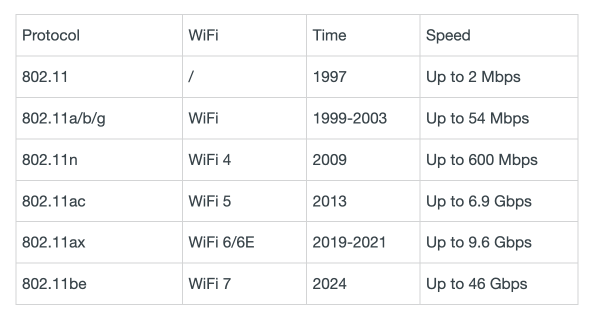
3. Wi-Fi 7 vs. Wi-Fi 6: What’s the difference?

4. What’s new with Wi-Fi 7?
WiFi 7 has been upgraded in almost every aspect, making WLAN throughput almost 5x faster than WiFi 6. To create a more connected world, the protocol defines modifications to both the physical layer (PHY) and the MAC layer.
- Add bandwidth up to 320 MHz
The ushering in the 6 GHz band has led to a wider and cleaner spectrum for WiFi. WiFi 7 has innovatively introduced a bandwidth mode of 320 Mhz in the 6 GHz band. It has twice the throughput of WiFi 160’s 6 MHz. It also supports non-contiguous bandwidth, such as 160+80 MHz and 160+160 MHz.
WiFi 7 further enhances the modulation order from 1024-QAM to 4096-QAM. This means that each modulation notation can carry 12 bits of data. With the same encryption, 4096-QAM can achieve a 20% speed increase over 1024-QAM in WiFi 6.

- More streams and advanced MU-MIMO
WiFi 7 upgrades the number of spatial streams from 8 to 16. This doubles the theoretical physical transfer rate.
- Multi-RU and Preamble Puncture
WiFi 7 introduces a more flexible method of allocating resource units (RU). With WiFi 6, a user can only be assigned one RU and cannot assign another. WiFi 7 allows nodes to be assigned multiple RU to improve resource usage.
Multi-RU is created by puncturing the operating channel. Interrupt technology can mask the occupied channel and use other available channels to improve channel usage. This avoids transmission on frequencies not permitted by local regulations.
- Multi-link operation (MLO)
MLO allows link aggregation at the MAC layer, creating a mapped link to a channel and band. It can provide higher throughput, lower latency, and greater reliability, which is useful for a number of applications from VR/AR to industrial IoT.
Multi-AP refers to a set of features based on the direct coordination of the AP to achieve desired network performance goals. Different flavors of multi-AP solution are being considered. There are several types of technologies such as coordinated OFDMA (C-OFDMA), coordinated space reuse (CSR), coordinated beam format (CBF), and common transmission (JXT) that will be applied to the MAC or PHY layer.

Soure: https://www.tp-link.com/vn/press/news/19761/
Thank you for following cctvit.net article!








 Tiếng Việt
Tiếng Việt